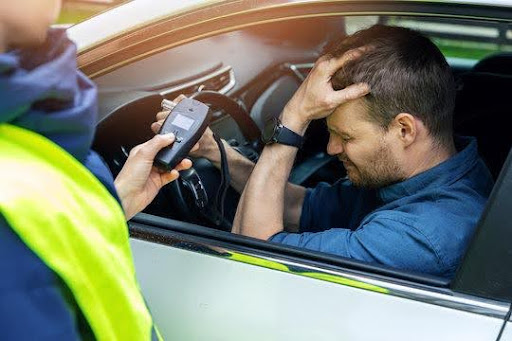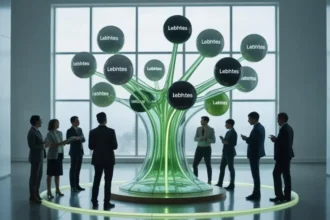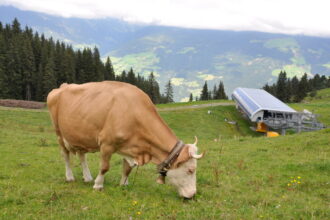Drunk driving is a serious matter, and law enforcement officers are always on the lookout for drivers who may be under the influence. Every time someone gets behind the wheel after drinking, they’re not just risking their own safety, but also putting others at risk. That’s why police officers are trained to spot certain behaviors that often point to impaired driving.
On top of safety concerns, there’s also the issue of the legal complications of DUI. A traffic stop for suspected drunk driving can lead to arrests, license suspensions, fines, and even jail time. These legal consequences can be long-lasting and overwhelming. Understanding the signs police watch for may not only help you become a more aware driver but also help you realize when your rights might be at stake.
If you’ve ever wondered how officers decide who to pull over, the following signs are some of the most common ones they rely on. Knowing them can be helpful—especially if you ever find yourself facing a DUI charge and need to understand what led up to it.
Swerving or Inability to Stay in a Lane
One of the biggest red flags is a car that can’t stay centered in its lane. If a driver is weaving from side to side, drifting into another lane, or making sudden corrections, officers may suspect impairment. Alcohol can interfere with coordination and control, which often shows up in how someone steers.
Driving at Unusual Speeds
Both speeding and driving too slowly can raise suspicion. Drivers under the influence may go too fast without realizing it—or too slow because they’re trying to be overly cautious. Either one can stand out to officers who are trained to spot these patterns.
Abrupt or Unusual Braking
Braking suddenly or erratically is another sign police look for. Someone who slams on the brakes for no reason or seems confused at intersections may be struggling with judgment and timing, which are commonly impaired by alcohol.
Failing to Follow Traffic Rules
Running red lights, rolling through stop signs, or ignoring right-of-way laws can point to more than just careless driving. These violations often suggest poor decision-making or slower reaction times—two signs that a driver could be intoxicated.
Making Wide or Illegal Turns
Impaired drivers may make wide turns that cross into other lanes or complete turns that are unsafe or illegal. These driving behaviors are closely watched by officers and are often included in police reports when DUI arrests are made.
Delayed Starts or Hesitation
If a driver hesitates at green lights or takes too long to proceed at intersections, that delay can raise suspicion. Officers may see this as a sign that the driver is not fully alert or is having trouble focusing, both of which are warning signs of alcohol impairment.
Forgetting to Use Headlights
It may sound simple, but forgetting to turn on your headlights at night is a big deal. Drivers who are impaired may forget this basic step, especially if they’re already distracted or disoriented. Officers frequently use this as a reason to initiate a stop.
Following Too Closely
Tailgating or not maintaining a safe distance from the car ahead is another behavior that can indicate impaired judgment. Police watch for this especially when combined with other signs, such as swerving or delayed reactions.
What to Remember
Being pulled over for suspected drunk driving can be scary. And it’s not always black and white—sometimes people are wrongly accused or make a mistake that’s misunderstood. That’s where a skilled DUI lawyer in Omaha becomes essential..
If you or someone you care about is facing DUI charges, don’t navigate it alone. The process is complex, and the penalties can be severe. But with the right legal support, it’s possible to challenge the charges, protect your rights, and work toward the best possible outcome.
Knowing what officers look for doesn’t just keep you safer on the road—it also helps you understand your rights and what may happen during a traffic stop. If you’ve been accused of driving under the influence, reach out to a criminal defense attorney who can guide you through what comes next.

















